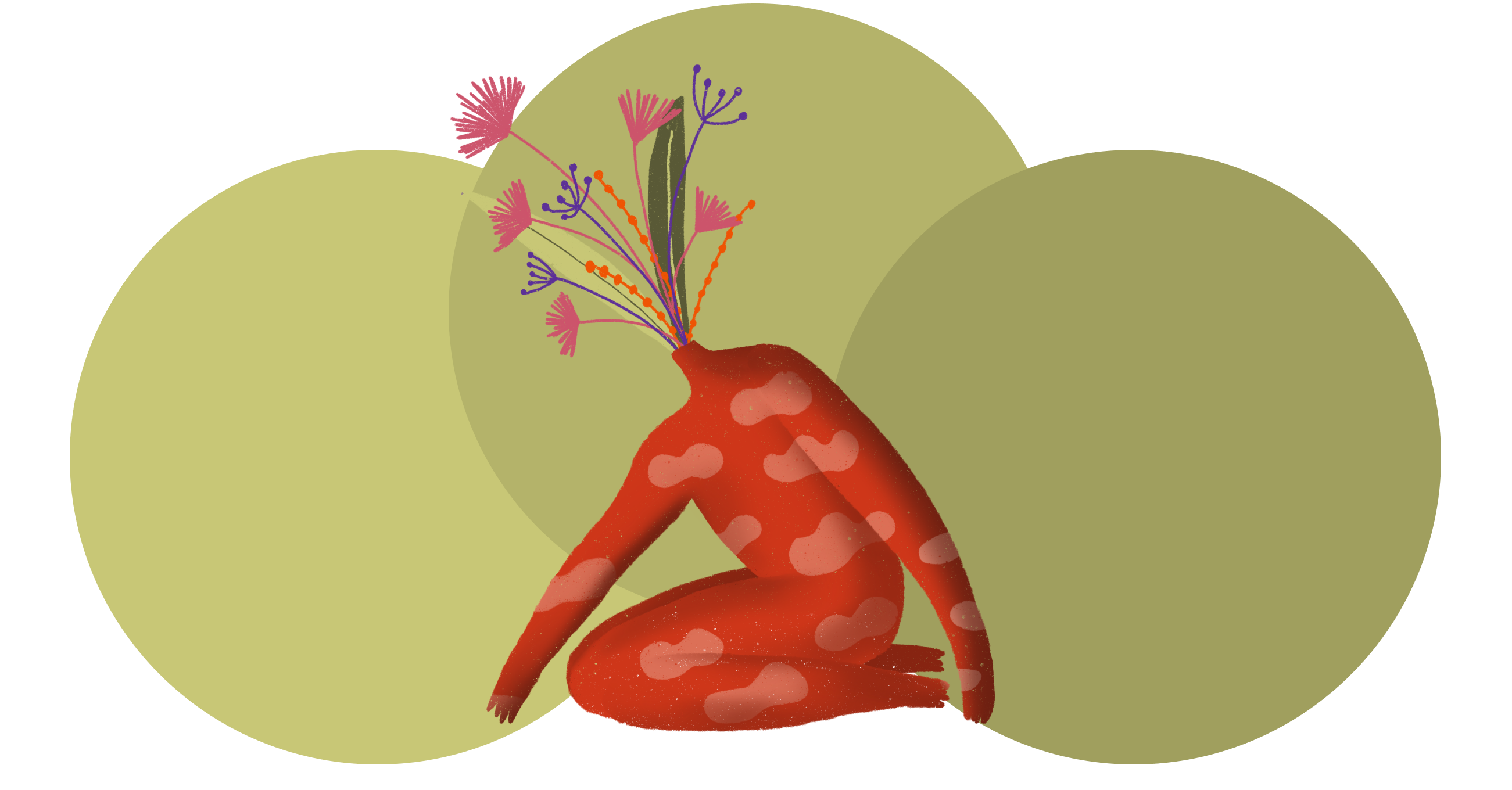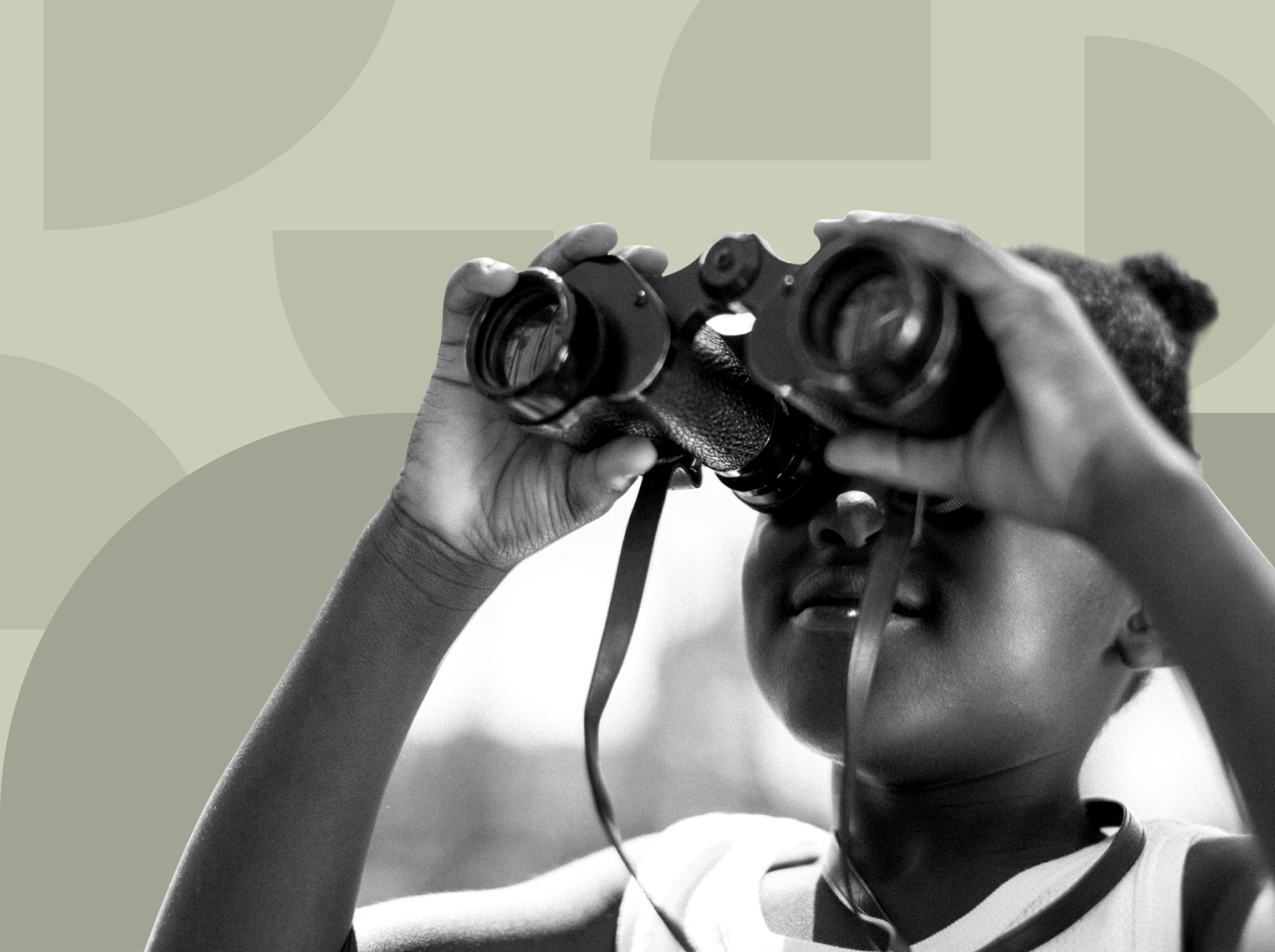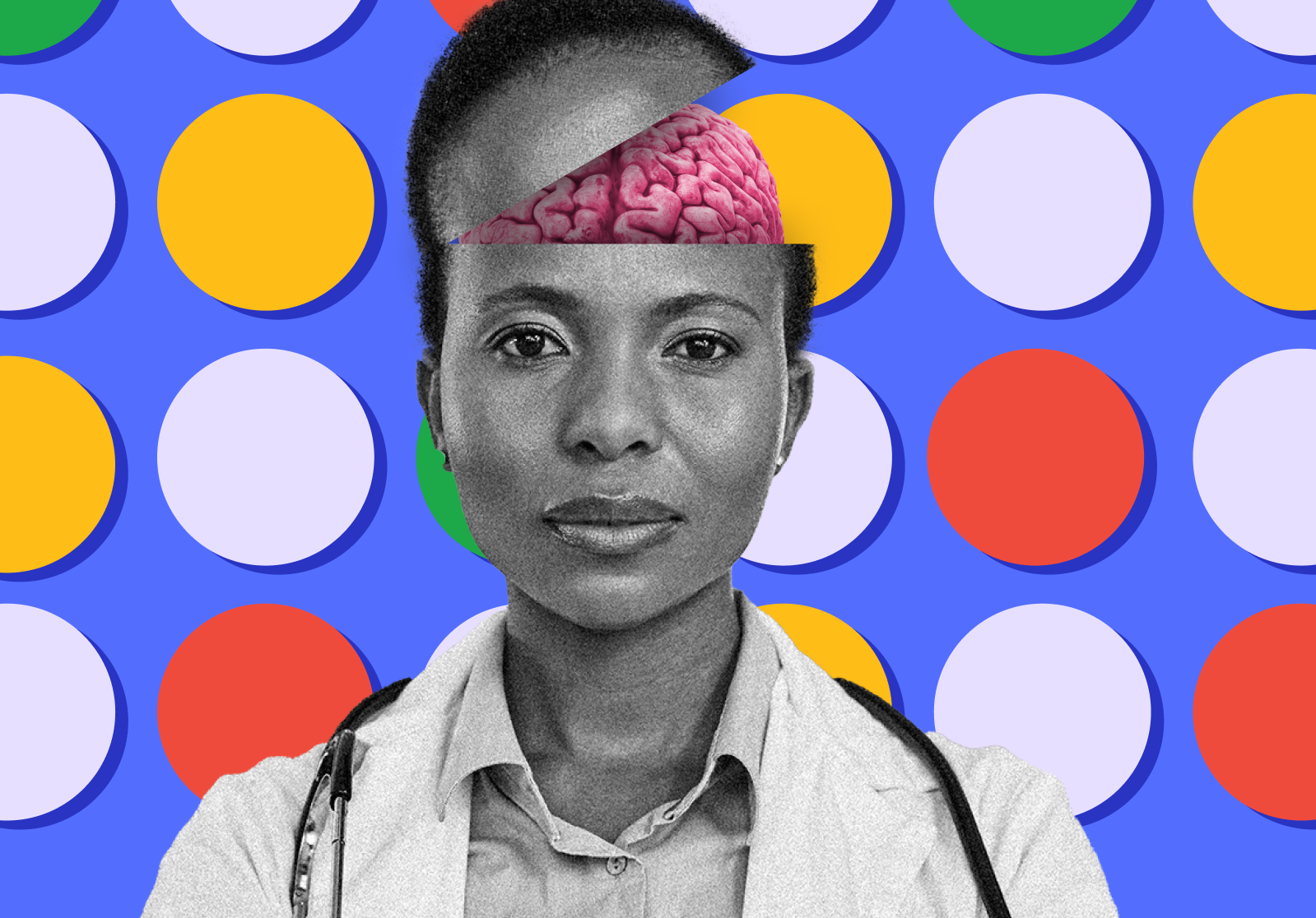
Note from the Authors:
This piece does not reflect a global point of view and is written from a Western perspective. We used Western sources for our research and conducted the analysis using a Western lens and ideologies.
We are living through a critical phase in time where there are positive and negative forces struggling to both advance and hold back women’s healthcare. But times of struggle and adversity are the birthplaces of innovation and significant advancement. Societal norms are shifting and with them new and exciting innovations are emerging.
But today, the investment in women’s health conditions (outside of oncology) comprises less than 2% of the current healthcare pipeline. Investing in women’s health makes good business and societal sense. Women continue to outlive men and the life expectancy gap is growing. In 2023, life expectancy in the US reached its widest gap in over 30 years (79 vs. 73 years respectively). Women are 76% more likely to have visited a doctor in the past year, they control 80% of family healthcare decisions and pick up 70% of prescriptions.
As we’ve peered into the future, we’ve felt it necessary to consider both positive and darkly negative future. Our goal is to encourage us all to make the choices and decisions that will lead to a positive healthcare futures that will benefit all of society.
women’s health today

Women’s health is an intersection of physical, psychological and societal-cultural forces compounded by lingering biases around women and the experience of pain.
a narrow view of women’s body and health persists.
In the political sphere, debates about women’s access to healthcare are primarily rooted in reproduction (e.g. overturning Roe v. Wade and the resulting abortion bans). This decision ignored the consequences on other aspects of women’s health such as gestational diabetes, hypertension, and life-threatening bleeding.



Ireena Haque – Futures Practitioner
Maggie Kent – Futures Practitioner
Karen McCauley – CEO
Jananda Lima
Gabriel Lopes
Juliana Bandeira
Utkarsh Subnis
Khadijah Deshong




